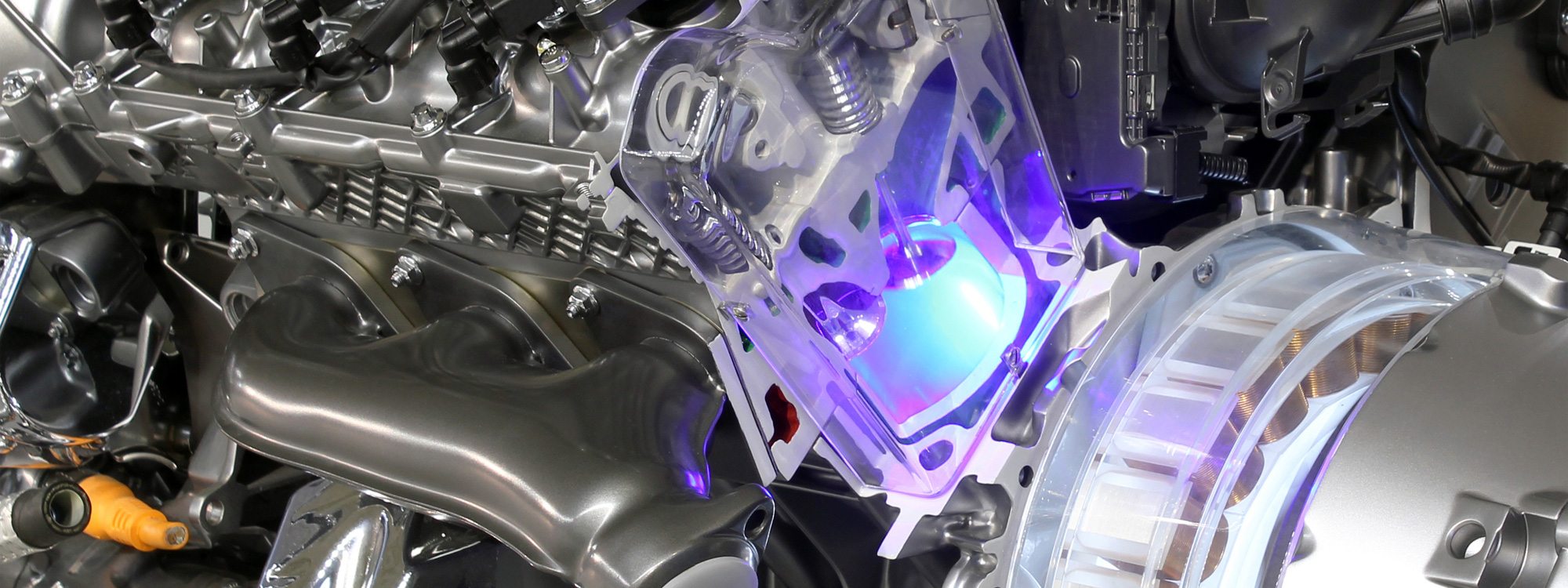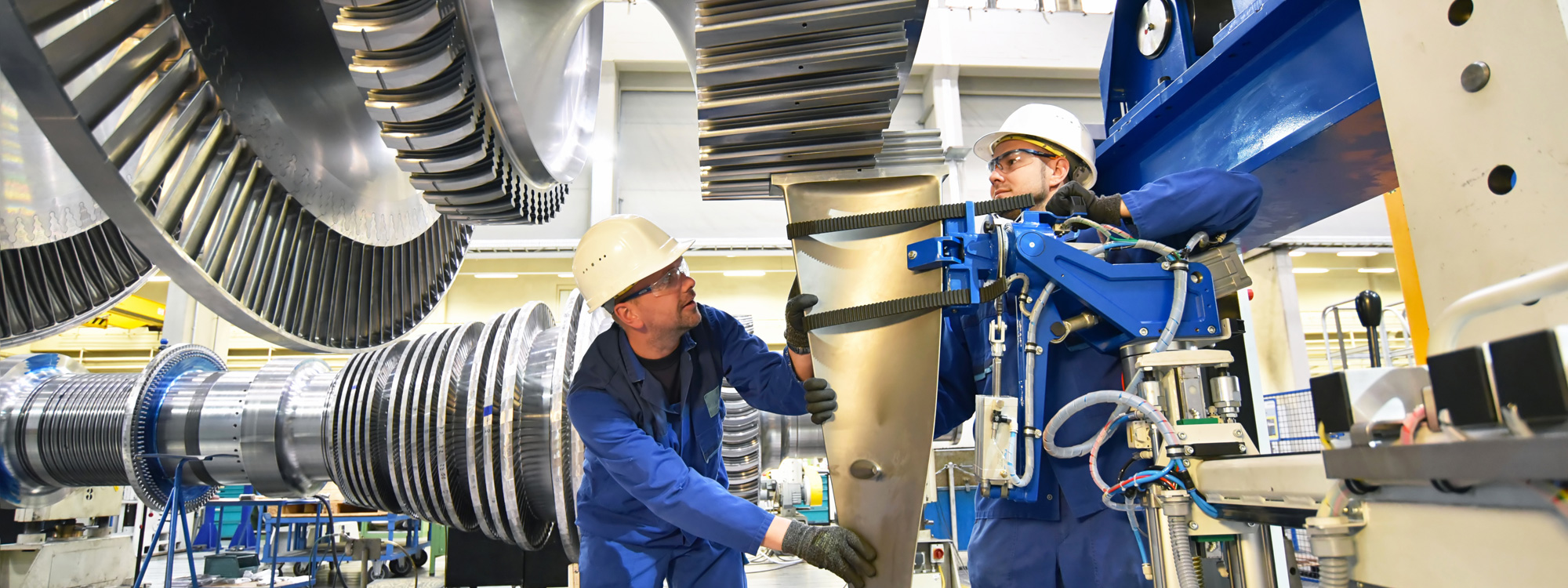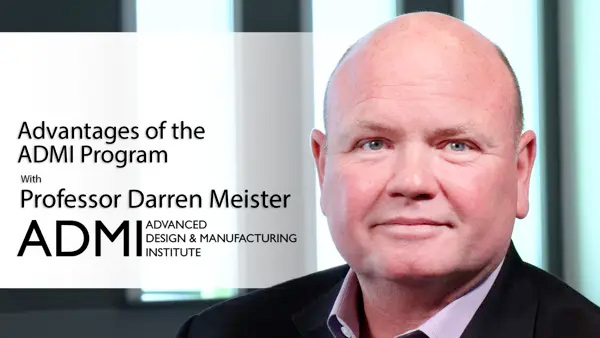







The Advanced Design & Manufacturing Institute (ADMI) MEng is offered by Queen’s University and Western University, and is designed for working engineering graduates.
The program is delivered in class, part-time, on weekends and in Toronto. You can choose to complete the program in as little as two years.
This exciting program is designed to give working engineers the technical knowledge and business and management skills necessary for them to advance their careers to the next level.
The MEng in Design & Manufacturing, from the Advanced Design and Manufacturing Institute (ADMI)
The future lives at the intersection of business, engineering and innovation. ADMI is a Masters of Engineering in Design and Manufacturing co-developed by two of Canada’s leading engineering faculties, Queen’s University and Western University. Graduates of the program hone their advanced design and manufacturing skills while establishing deep business knowledge.
Combining design thinking and business acumen means ADMI graduates know how to innovate successfully, and are well positioned to lead teams and organizations into the future.
ADMI is for working engineering graduates who want to acquire an MEng in advanced design and manufacturing.
At a glance, ADMI offers:
- Graduates the hybrid business and advanced design manufacturing skills they need to jumpstart their careers.
- A practical education in design thinking that focuses on how process, communication and collaboration can turn ideation into innovation.
- Access to the finest expertise in engineering design, manufacturing and management from two major Ontario Universities, as well as invited associates and industry leaders.
- A focus on leadership skills that position graduates to transform themselves, their teams and entire organizations, making them future-proof and innovation-enabled.
What you’ll learn:
- Nuanced and in-depth understanding of the importance of advanced manufacturing technologies
- The central role of design in business
- The use of advanced tools to improve manufacturing productivity
- Why business leadership is necessary to drive innovation
How it’s structured:
The program is presented in two 3-day (Fri to Sun) modules for each course, with participation time requirements shared between the participant and his/her employer.
The program is offered in a unique format of lectures, discussion groups, seminars, workshops, guest lectures by industry and academia, company visits, best business practices, case studies, problem-solving and networking.

The ADMI MEng blends the technical and non-technical, in a program tailor-made for working engineers.

The Design for Innovation Course
